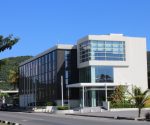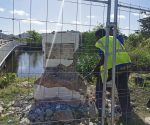A lesson from the history of Sint Maarten
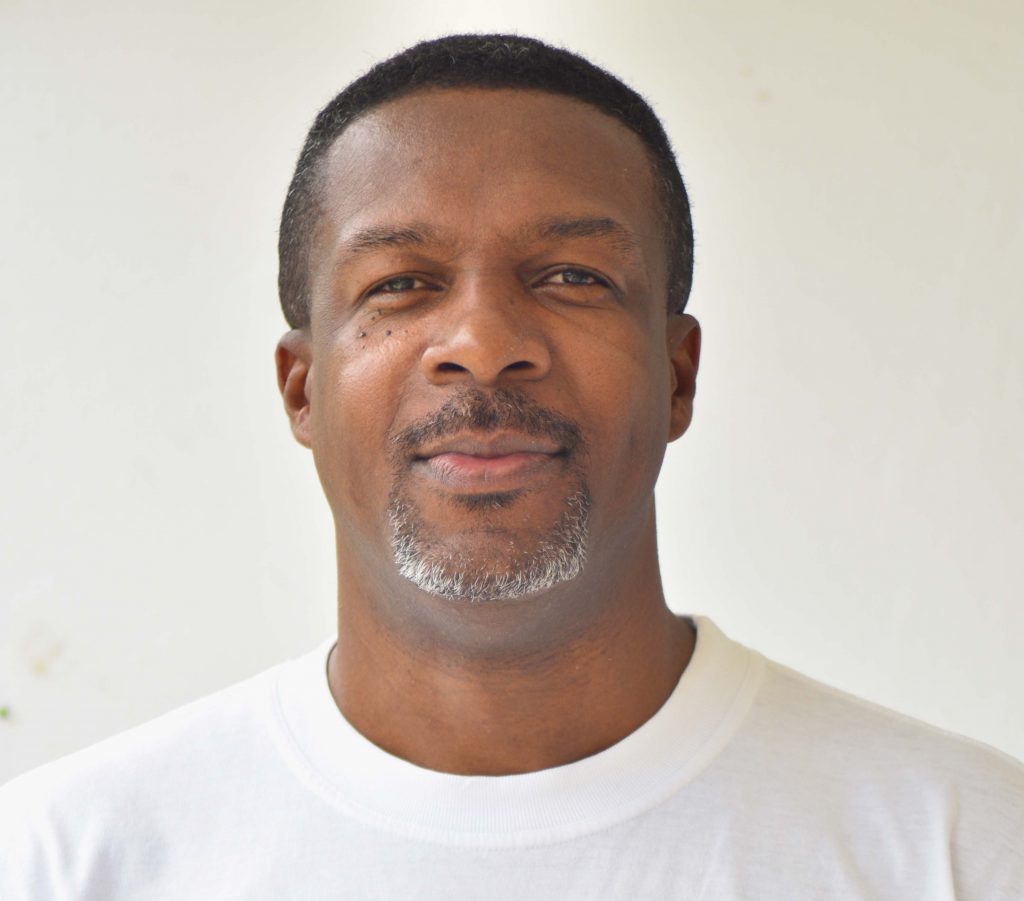
By Terrance Rey
There are several parallels from Sint Maarten’s past with what is now happening around the establishment of COHO, the Caribbean Agency for Reforms and Development. The Netherlands has lent millions in liquidity support to Sint Maarten during the pandemic. But that is a development that cannot be sustained for long. Within Europe, the Netherlands must also provide the necessary liquidity support to partner countries within the European Union. However, that is billions of euros. Of course, the Netherlands could not leave the islands within the Kingdom to their fate during the pandemic. But in the past, it had been very different for a while. I am talking about the period when the Netherlands, as the Republic of the United Netherlands, had to recover from the devastating French rule. The United West India Company (WIC II), which colonized and economically exploited the islands for decades, ceased operations in 1791. In the 160 years under the rule of the WIC, only the most necessary structures were built on Sint Maarten. The wooden jetties from the Great Salt Pond to Great Bay (only in the beginning), Fort Amsterdam (on the site of the Spanish fort), St. Peter’s Battery and the layout of Philipsburg are the only pieces of physical evidence known from that period.
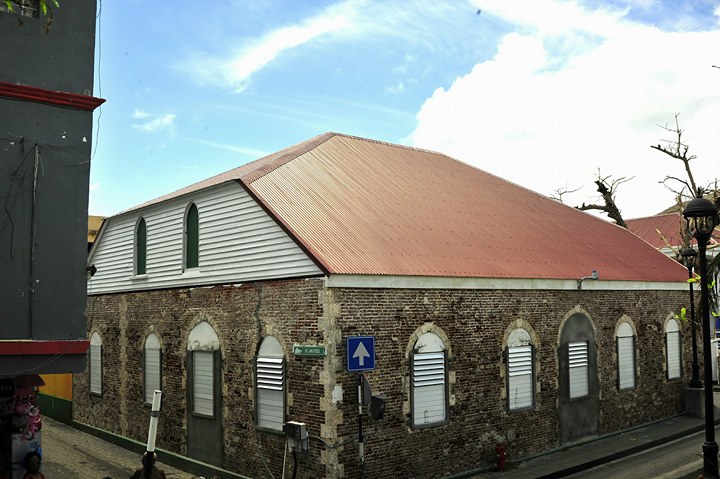
The original function of the ‘brick building’ in Backstreet is unknown, but it was built in 1785 by Commandeur J.S. Gibbes. It may have been a warehouse for the WIC. There was also a Dutch Reformed Church (the official religion in the Republic) in Cul de Sac, which was to be rebuilt in Philipsburg in 1738 on the site of the Oranjeschool. The plantation owners and their slaves created the pans in the Great Salt Pond. They were intended for the people of the entire island, according to the treaty of Concordia concluded in 1648. All waterworks and improvements to the Great Salt Pond were made in the 19th century.
Recently, through Facebook posts from the island archivist Alfonso Blijden, we got to know something about the history of Sint Maarten. Thanks to the writings of architect and historian Elso Kraai, I can retell the above about Sint Maarten in this column. Elso has recorded a lot about the architectural history of Sint Maarten. He recently told me a lot about the history of the ‘Courthouse,’ the first administrative office on Sint Maarten. Together with several others, Elso is now busy with the restoration and renovation of the courthouse. Before that, they did a lot of research in the archives of Sint Maarten. In archival records from 1780 to 1830, when the Netherlands transitioned from a republic to the Kingdom of the Netherlands, Sint Maarten was a trading post under the administration of the United West Indies Company before it became a municipality of the Netherlands. During that period, many petitions were sent to the Netherlands asking for help. Documents can be found in the archives wherein the commanders requested the Directors of the WIC to help Sint Maarten financially solve technical and social issues. The reactions kept coming back with the answer that the colonies had to solve their own problems. At that time, Sint Maarten was left to its own devices.
At some point, there was a turning point. Abuses had arisen in the regime that led to irregularities on Sint Maarten between 1785 and 1787. Two years later, a commission of inquiry was sent by the Supreme Director of the WIC. In early 1790, during the investigation, the resignation of Commander Gibbes and the entire Council was accepted. Dr. W.H. Rink, a lawyer who lived on the island and owned the plantation ‘Retreat,’ was appointed as the new commander by the WIC in February 1790. Rink was a welcome guest for many in the community and had a good relationship with the commander of the French side of the island. In June 1790, Rink sent a letter to the Directors of the WIC with the request to build an administrative office. The cost estimate for the construction was 14,000 florins. I assume he got zilch on the request.
Fortunately, the salt harvest of 1789 was very successful. After 1790 when the WIC went bankrupt, no more payments were made to the WIC for the sale of salt and goods. Although salt production failed for several years in the 1890s due to heavy rainfall and hurricanes, the salt industry in St. Maarten picked up again because the young nation of America and Canada needed a lot of salt for the fishing industry and the preservation of food. Money was received in abundance from the sale and taxes of salt. Some studies show that more than a quarter of a million guilders were collected during that time. At the time, that was a fortune, of course.
Several factors played an important role that forced the Council of Sint Maarten to make their ‘own’ decisions. They had income from the sale of salt, the WIC no longer existed and the Republic was in turmoil. This allowed the island to initiate a major project. Like the administration building, what we now know as the Courthouse. Finally, there was a building in Philipsburg for and of the municipality itself. The island council members at that time in 1793 were W.H. Rink, as chairman; R.F. Muller, H. Godet, I. Pantophlet, A. Van Heijningen and A. Cannegieter, all names of well-known families that still exist in Sint Maarten today.
From this, we can conclude that Sint Maarten, in a period when the island was left to its own devices, had the courage and good fortune to support itself. Parallels with the present can be drawn by comparing the salt production from Sint Maarten’s days of old with the possibility to generate income via the internet today. For example, by setting up a solar panel park to mine bitcoins electronically. With that, I want to end this column with the question of whether Sint Maarten could support itself, for example, by investing in crypto-currency and generating income for the island by offering digital money. In this pandemic period, there is a lot of money in circulation looking for a safe haven to be secured against devaluation and inflation. In other words, Sint Maarten has the opportunity, among other things, to become a digital trading post for crypto-currency and thus not be dependent on the Netherlands for liquidity support. Many lessons can be learned from the past for Sint Maarten to ensure a sustainable future, just as the Cannegieters, the Van Heijningens, the Pantophlets and many others did for the island in the 18th century. The Courthouse in Philipsburg is as a monument a testimony to that legacy.
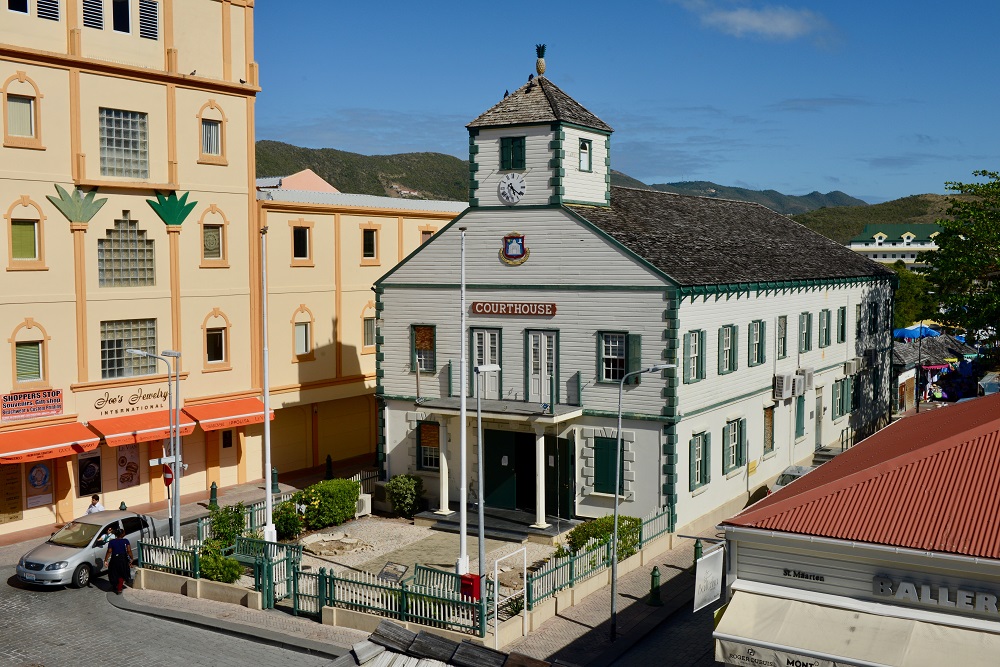
Photo caption: File photo of the Courthouse. Photo taken by Tim van Dijk.
###
Publisher’s Note: This column was originally published in Dutch on DossierKoninkrijksRelaties.nl in the monthly column section “Bericht uit Sint Maarten.” Click here to read the Dutch version.














